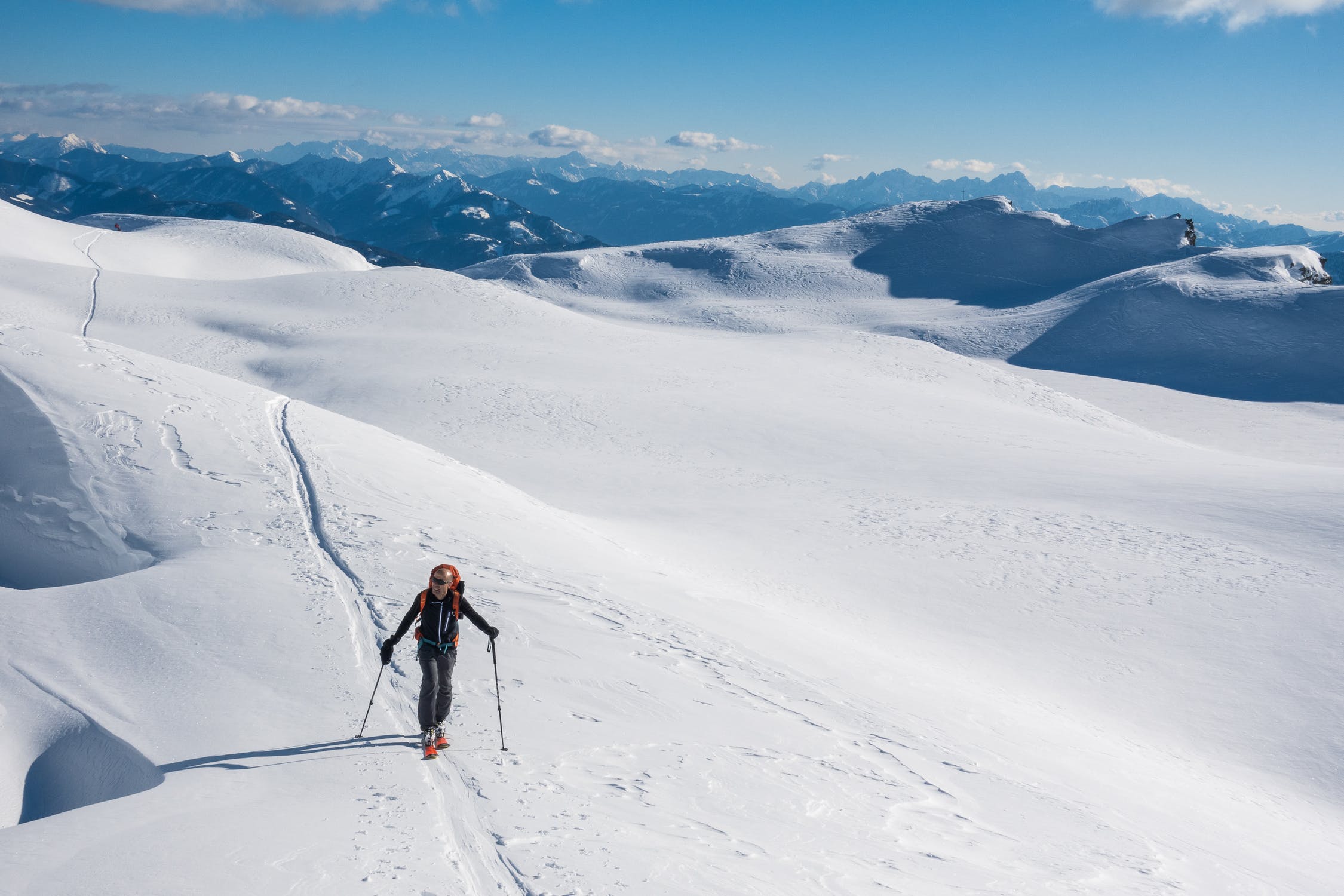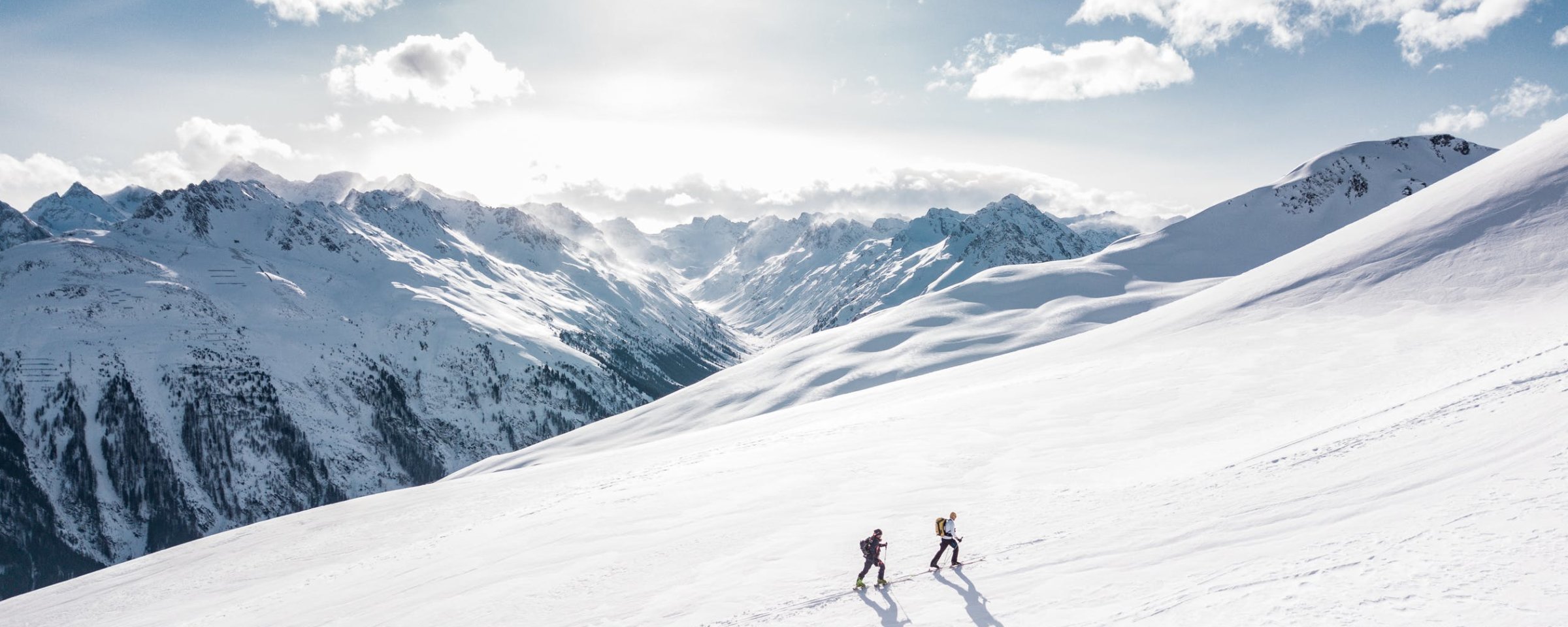Ski tours and snowshoe hikes are just as popular as classic cross-country skiing. One person with an eye for international winter sports trends is Bernhard Leichtfried, International Category Manager for Winter Sports at SPORT 2000 International. In this blog article, he offers insights into current developments in the industry and talks about the importance of safety in winter sports.
The winter season is being severely impacted, not just by the prevailing weather and snow conditions but also by the ongoing effects of the COVID-19 pandemic. Individual sports experienced a huge push in 2020/21 because of numerous ski lift closures. Over the last 1.5 years, tours and snowshoe hikes have emerged from their niches and become absolute mainstream sports. This trend is here to stay. Reports from the ski industry indicate that ski tours already account for some 10 to 15% of their winter sports business. Cross-country skiing is also popular, and not just in Nordic countries. “Customers are showing great interest in winter sports. Except for alpine skiing in the European Alps, the whole winter sports industry is currently experiencing exponential growth,” says Bernhard Leichtfried, International Category Manager for Winter Sports. He expects that alpine ski sales will return to pre-crisis levels over the next two to three years.
Customisation as a distinguishing feature

Customisation is gaining in importance, especially in winter sports. Boot-fitting has now become indispensable in the winter sports segment. Perfectly fitting boots that mould to the foot and allow maximum power transmission guarantee the wearer a special winter sports experience. “Experts and pros know all about the importance of professional boot-fitting. There is still a general need to catch up in this respect. A custom-fitted ski boot is the basis of good power transmission, which reduces the effort expended when skiing and helps keep the wearer safe,” explains the International Category Manager for Winter Sports.
Safety and sustainability are driving the market
The sports retail sector’s 2021/22 winter season has been dominated by carryover products, but sports brands are expected to start launching new, innovative products in 2022/23. “Safety bindings designed to significantly reduce the number of cruciate ligament injuries suffered by athletes are particularly important. The new safety bindings have a lot of potential for the sports retail market,” says Leichtfried with regard to the importance of safety in winter sports. Sports retailers are also increasingly focusing their attention on sustainability, not least in the winter sports sector. “These days, almost all manufacturers rely on renewable energies and use recycled materials. They already have their own recycling programmes for ski boots. They take the ski boots apart and reuse individual components,” says Leichtfried.
Sports retailers profiting internationally from the “centre of excellence” approach
Intensive dialogue and cross-border cooperation are delivering immense added value in numerous areas. Since 2020/21, SPORT 2000 has been using the “centre of excellence” approach to manage international goods purchasing in the winter sports sector through SPORT 2000 Austria’s category management for winter sports. “Our international cooperation not only benefits the individual countries but also strengthens the cohesion within SPORT 2000 International itself. This approach also offers a significant advantage for industrial brands because they only have to negotiate with one central partner,” says Leichtfried, adding, “Although international purchases of goods are effected uniformly by our competence team in Austria, we buy individual products and brands for each SPORT 2000 country depending on the country and its circumstances.” You can read more about the discipline of winter sports category management here.
Photo credit: Pexels: Alois Lackner, Flo Maderebner.




